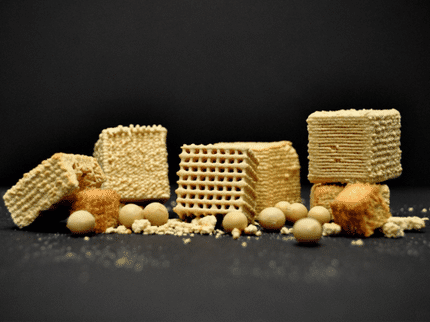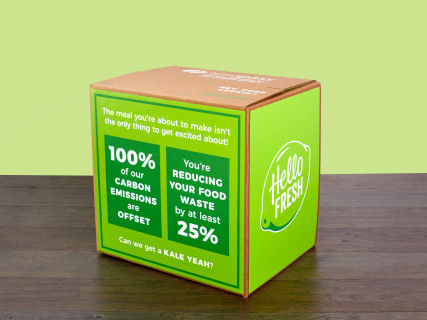How to turn waste into milk
DFG project investigates the circular economy in India
Advertisement
In the Indian megacity of Bengaluru, German researchers are investigating feeding practices for the livestock of small farmers: Their animals are often fed food waste. The scientists from the University of Vechta and the University of Kassel want to find out how this circular economy works, what the hygiene of the feed is like and whether the concept helps to combat climate change. The work is now being funded by the German Research Foundation (DFG) for an initial phase of four years as a sub-project of the "Sustainable Rurbanity - Resources, Society, and Regulatory Systems" research group.
Not only are cows sacred in India, it is also home to the largest dairy herd in the world: nowhere else are so many cows kept for milk production. Both circumstances sometimes contribute to an urban landscape that "would be unimaginable in Germany," notes Prof. Dr. Amelie Bernzen, who works at the University of Vechta as an economic geographer at VISTRA, the Vechta Institute of Sustainability Transformation in Rural Areas.
"Some 'farms' are located in the middle of the most densely populated area, with a small courtyard of just 40 square meters. Surprisingly, there are sometimes nine cows in one of the rooms of the terraced house behind it. The animals often go out onto the street in front of the house to exercise and squeeze in between the other road users.
Circular economy among Indian smallholders
Over 85 percent of farms in India are small and micro farmers with less than two hectares of land. Even if this reality of life is far removed from large German farms, interesting insights can be gained from it. Indian smallholders sometimes use food waste as feed for many farm animals, especially cows.
This reduces the cost of feed and may also make an ecological contribution. "While waste in households, markets, restaurants and the food industry is often still unavoidable, we are looking specifically at how it can at least be recycled. And the small farmers in India are doing just that," says Amelie Bernzen.
The food that is not consumed by humans is turned into food for the animals, which in turn provide food for humans with their milk: a circular economy. The sub-project of Amelie Bernzen and Eva Schlecht, Professor of Animal Husbandry in the Tropics and Subtropics at the Universities of Kassel and Göttingen, now wants to investigate, among other things, how the value chains of food waste work from its origin to the farmer.
Less methane gas from cows?
This could provide results that small farmers in other parts of the global South could possibly adopt. At the same time, it is conceivable that some of the findings could also help to combat climate change, as preliminary results suggest that cows fed on vegetable or fruit waste emit slightly less harmful methane gas than cows that are not given such high-quality feed.
Because the human and animal spheres of life are closely linked in this context, the researchers are working on an interdisciplinary basis: Amelie Bernzen is investigating socio-economic aspects, while Eva Schlecht is analyzing animal husbandry. She also examines food waste to determine whether it is healthy for the animals.
The challenge of hygiene
"It's obvious that spoiled or contaminated feed poses a risk," says Eva Schlecht. "In Europe, for example, outbreaks of BSE, foot-and-mouth disease or African swine fever were often linked to sloppy sanitization of feed components." The researchers are therefore investigating the question: How efficient can such waste-based feed systems be if they take adequate hygienic rules into account?
The work of Amelie Bernzen and Eva Schlecht represents a sub-project of a larger DFG-funded collaborative project, which poses overarching questions about how rural and urban structures and lifestyles merge - as with cows in terraced houses. The research group "Sustainable Rurbanity - Resources, Society, and Regulatory Systems" is investigating precisely such "rurban" phenomena.
Note: This article has been translated using a computer system without human intervention. LUMITOS offers these automatic translations to present a wider range of current news. Since this article has been translated with automatic translation, it is possible that it contains errors in vocabulary, syntax or grammar. The original article in German can be found here.



























































